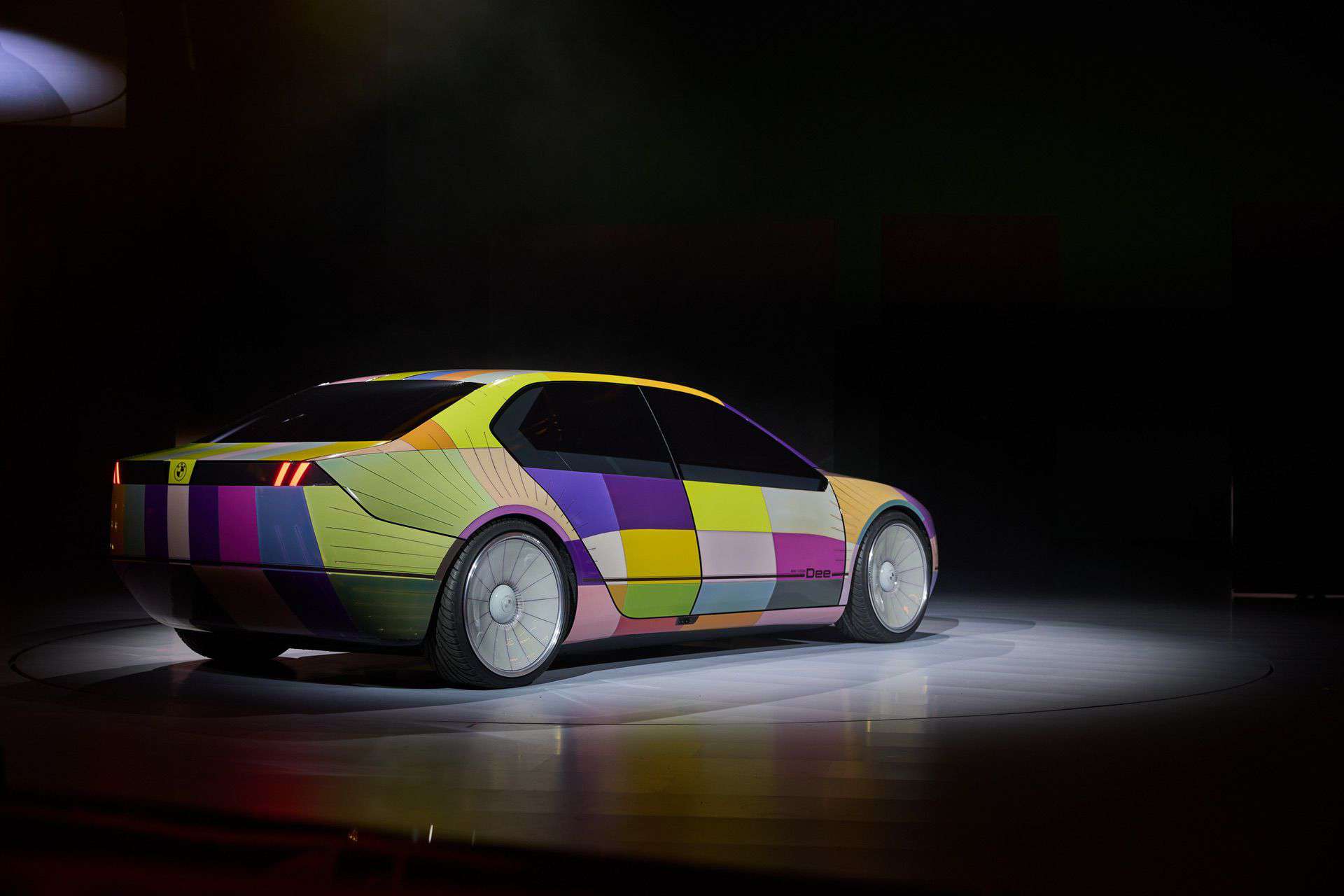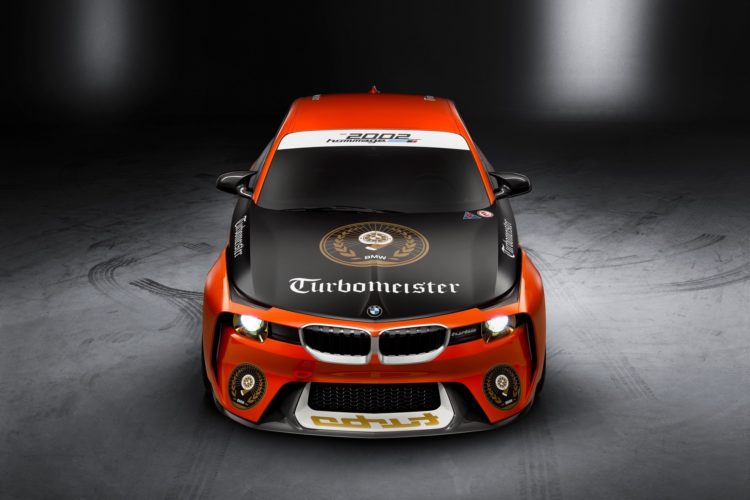For several years, BMW has been exploring ways to make a car’s exterior more special beyond Individual colors. In 2019, the X6 received the Vantablack VBx2 paint treatment that can almost entirely absorb light. It’s the blackest black out there, making the SUV the darkest car there is. Well, was, because it has been crushed. Then the iX Flow came along in 2022 by featuring color-changing E Ink.
Initially, the technology was only able to switch between black and white and everything in between, so basically, lots of gray shades. An evolution of E Ink was presented in 2023 with the i Vision Dee. That concept truly had a color-changing body with 32 selectable colors. Earlier this year, BMW revisited the technology for the i5 Flow NOSTOKANA, molded after the E34 5 Series Art Car penned by Esther Mahlangu in 1991.
Now, BMW is saying E Ink could make it to production before the end of the decade. Speaking with the Australian magazine Drive, R&D engineer Stella Clarke suggests that color-changing cars are coming. When asked whether “three to five years” is feasible to bring E Ink to road-going cars, she said “yes.” However, it’ll be costly at first and likely limited to certain regions: “The truth is it’s probably not going to be the most price-effective thing in the beginning, so I could imagine it starting off in a selective market and then hopefully broadening out.”
Clarke mentions E Ink uses just about the same amount of energy as a light bulb or a single LED strip in the door. That means it doesn’t drain the car’s battery. The i5 Flow NOSTOKANA had 1,349 sections of individually controllable film obtained after a laser-cutting film process. On the i Vision Dee, there were 240 E Ink segments. Before that, the iX Flow had just 60. It goes to show the rapid progress achieved in only a couple of years. These three concepts rely on a technology derived from the Kindle.
“It’s powered with electricity, and each little segment needs two contact points and you apply a small voltage between them to change the colors, but when you take the power away the color stays there. When the car is off, it stays the same color. It doesn’t need energy to be on! No light can do that. And to change the colour of an entire vehicle doesn’t require much energy at all, you only pull about 20 watt.”
Aside from the novelty factor, there are actual benefits, beyond a new layer of customizing a car post purchase. E Ink can help owners turn their cars white on a summer day so that the cabin doesn’t get too hot. If you’re having issues finding the vehicle in a crowded parking lot, changing its colors will make it more visible and easier to spot. Emergency vehicles could get color-changing bodies instead of relying on roof-mounted light bars.
Clarke points out there will be usage limitations since regulators won’t be too happy to see cars changing their colors in traffic. New laws are likely to limit the use of E Ink only when the vehicle is static, which makes sense. Otherwise, it could cause a lot of distraction, increasing the risk of accidents.
Source: Drive.com.au






































































